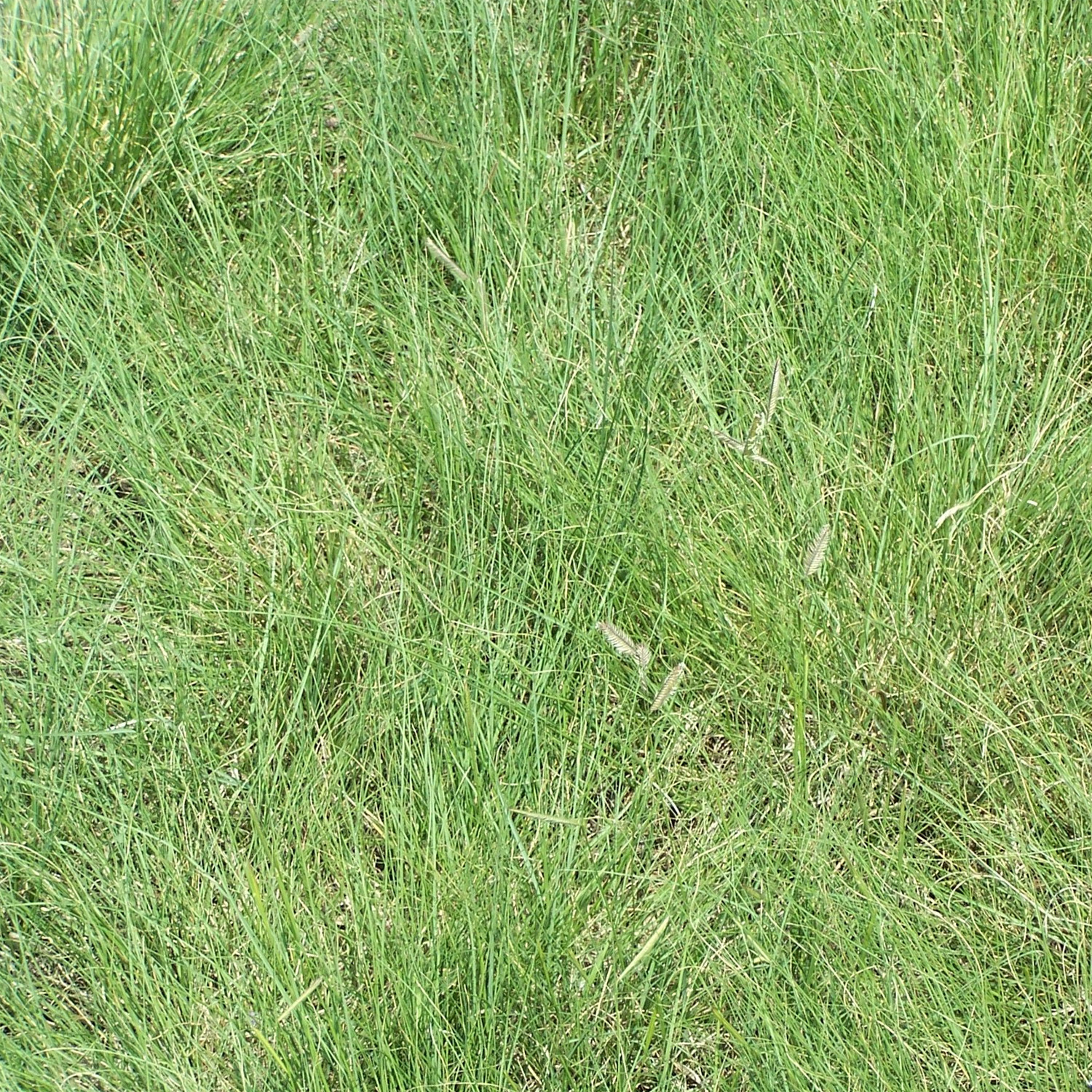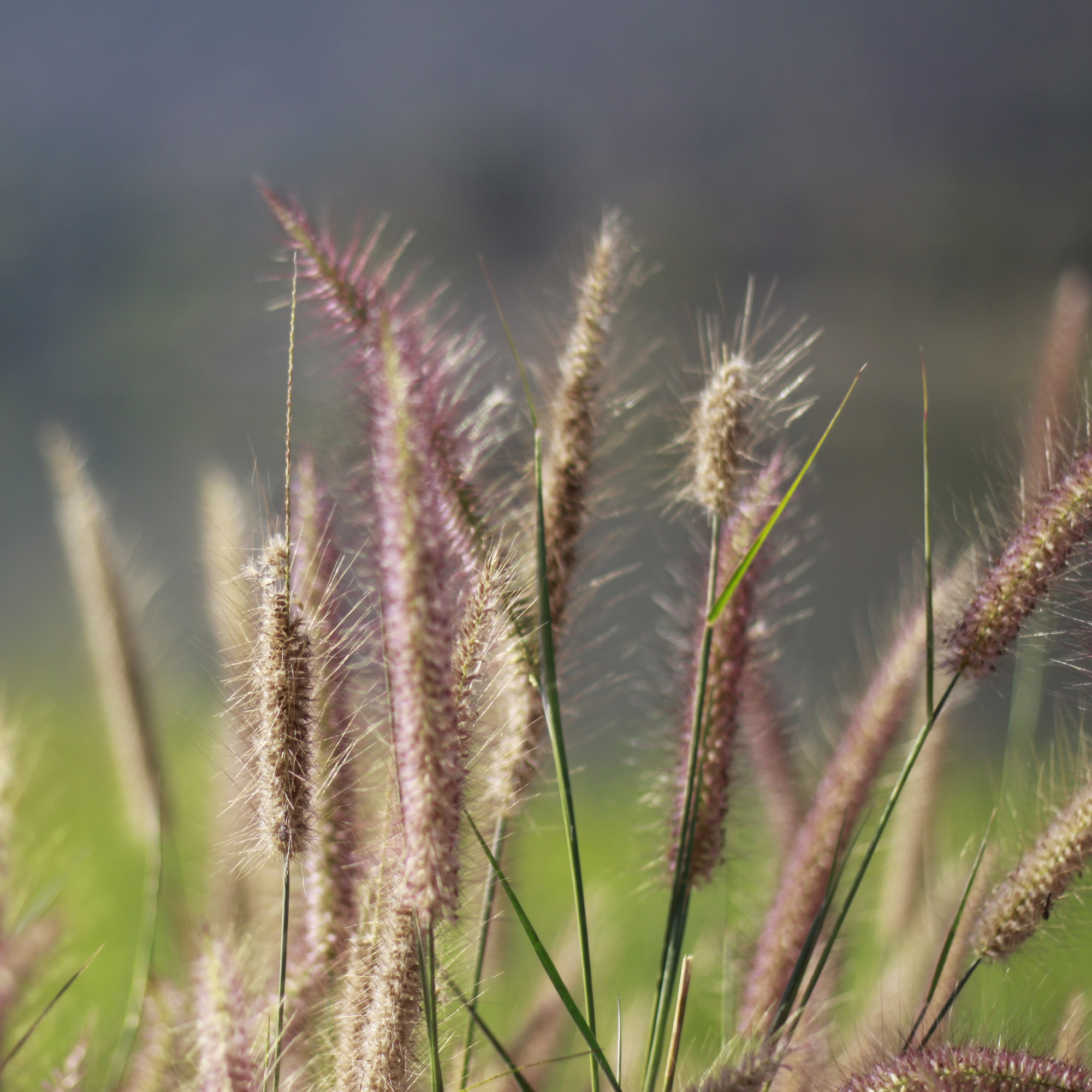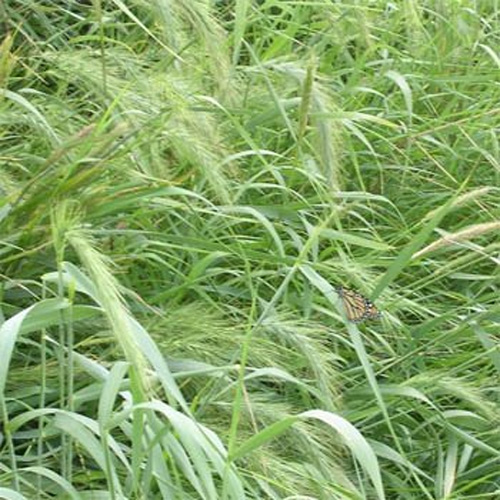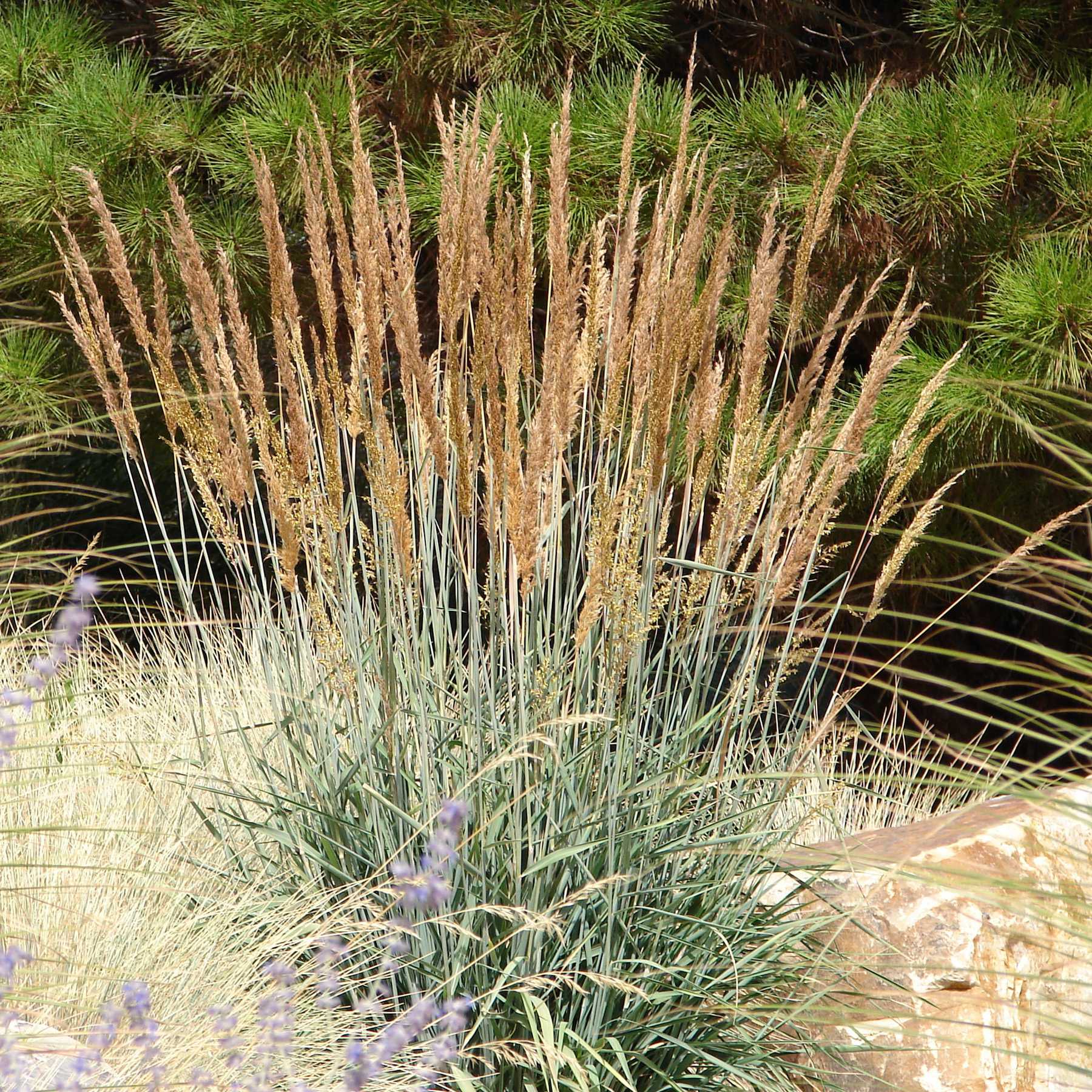
Native Grasses Planting Guide
Native Grass Basics:
Starting with the proper native grasses for your area and conditions is necessary for good results from your native grasses. The right grass will create a sustainable are which thrives for years with little to no maintenance.

Planting Time
This will vary upon region. Guidelines are to plant in the spring after danger of frost through fall (approximately 6-8 weeks before frost for most species). Or after everything is frozen for dormant seeding, allowing the seed to begin germination at the onset of warm weather in the future. If you are unsure when the best time to plant in your area and conditions, contact your local extension agent for specific guidelines.
Ground Preparation
Prep soil so it is fine and firm to get good seed soil contact. This is a must for good germination as it allows for consistent moisture near the seeds. Moisture is necessary for germination.
You will need to kill off existing vegetation, then rake off excess debris so seed can make good soil contact.

Planting:
Sow seed at recommended seeding rates for the grass you are planting. Gently rake the soil surface with back side of a bow rake to create a smooth, even seedbed. If desired, mix seed with moist sand in a ratio of 2 parts sand 1 part seed, which helps spread the seed more evenly.
You are now ready to broadcast your seed/sand mixture by hand. Use a lawn roller or small piece of plywood to press seed firmly into the soil. Rake area again to ensure seed makes good soil contact, this will also give the seed some soil cover to help retain moisture for good germination.
Moisture
Irrigate as needed to maintain soil moisture. Seeds should not be allowed to dry out until seedlings are well rooted, or they may die off due to lack of moisture. If you can, set up sprinklers to water the area without having to drag a hose around.
Once the grass germinates, cut back watering amount slowly over the course of a couple weeks. Watch the young seedlings carefully and don't let them wither, but don't overwater and drown them. Watering can be tapered off to once every 3 to 7 days, depending on weather and heat. Less frequent, deeper watering will help develop a deep root system and contribute to the drought tolerance of your grasses.
Weed Control:
Weed control is essential to establishing your newly sown native grass mixtures. Don't weed when the soil is moist from daily or every other day irrigation. This will compact the soil and kill tender young seedlings. Unless the area is quickly overrun with broadleaf weeds, it i s best to wait about 4 to 6 weeks after sowing to begin weeding.
It is now safe to walk over your new grass, the soil should be firmer from the less frequent waterings. At this point, mowing grass down to 2 to 3 inches this will help it to thicken up grass and weaken
weed competition giving the grass a chance to crowd out the weeds. Repeat every couple of weeks or as needed. For small patches, hand weeding can be done in place of mowing. When hand weeding be careful to avoid crushing the young grass seedl ings.
Adding Wildflowers:
It can be challenging to seed wildflowers at the same time as planting your native grass. Weeding your grass planting can be very difficult unless you have an experienced eye to distinguish between weeds and desirable wildflowers. Alternately, you can transplant potted wildflowers into the established warm or cool season grass meadows, choosing wildflowers that are prolific re - seeders will naturally give your area more ab undant wildflowers over time.




































